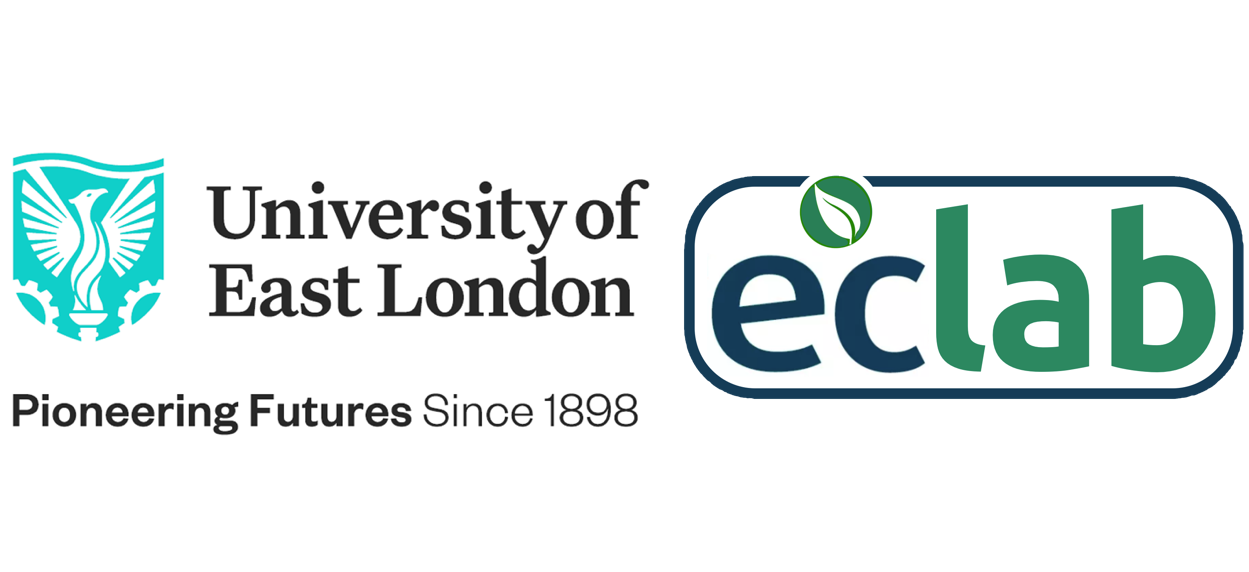
MUSA Project - A Multi-touch Variability Modelling Workstation for Software Product Lines
The MUSA project received three grants (between 2008 and 2012). A Proof-of-Concept grant, as well as commercialisation grant, were received from InvestNI between 2008 and 2010 (totalling £100K). In 2010, the project received further funding for 2 years under the competitive UEL Challenge fund (£34K) to take the developed technology to market.
MUSA addressed the challenge of managing large-scale variability models in software product lines. Existing approaches at that time provided visualisation techniques varying from simple tree structures to 3D representations of the variability model. However, none of these approaches saw adoption in real-life production environments. In MUSA, the team resolved the problem of visualising and managing large-scale variability models by integrating its own state-of-the-art IP VM techniques which are based on generating four distinct ‘views’ of the model that can be displayed using ‘mind mapping’; and tools with the Microsoft Surface Multi-touch technology. The technology was piloted in a real-life production environment at Danfoss Power Electronics in 2012.
The project led to the creation of 1 patent and licensing agreements between the Queen’s University of Belfast and UEL.
